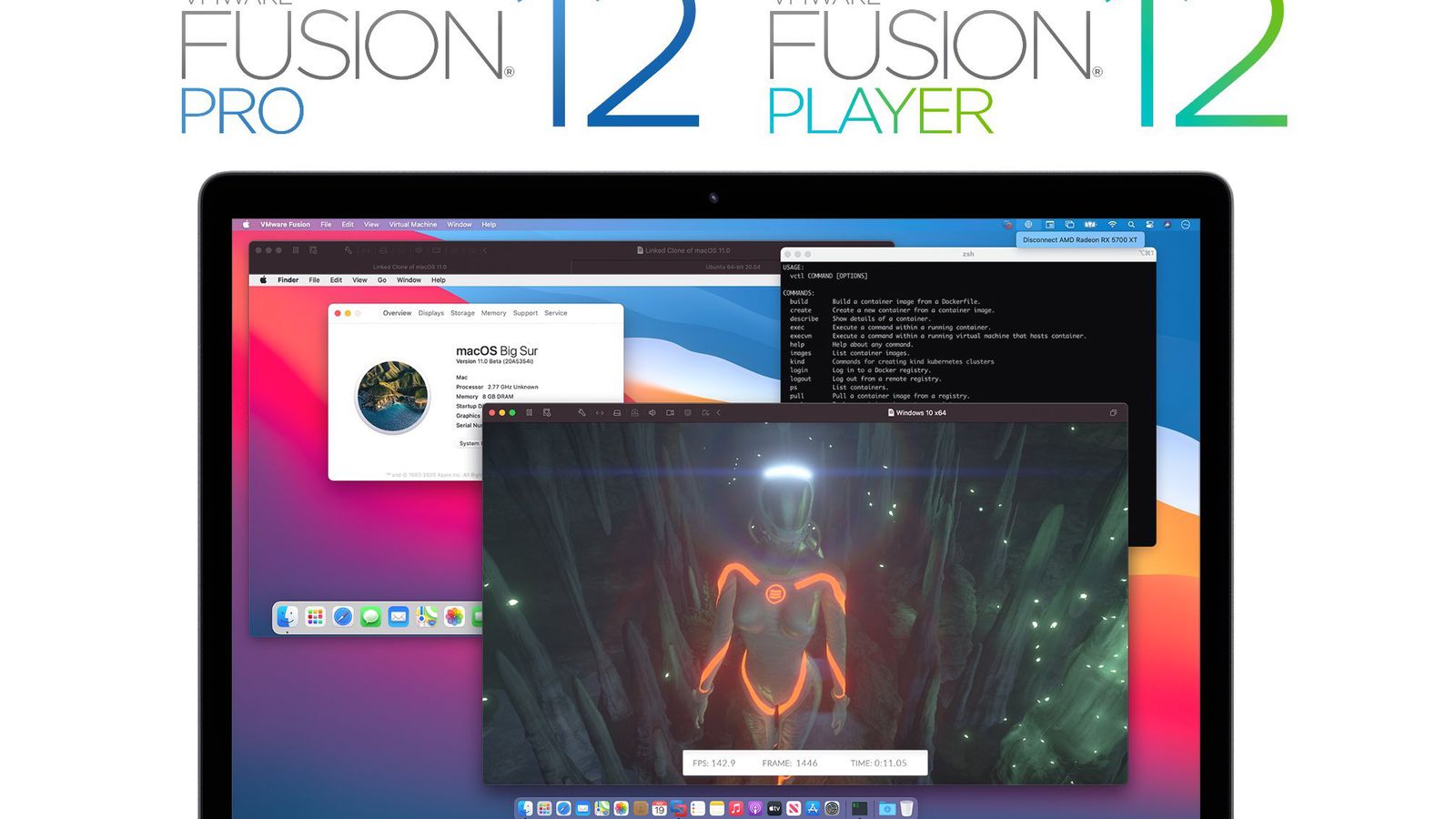
- ARM EMULATOR VMWARE HOW TO
- ARM EMULATOR VMWARE INSTALL
- ARM EMULATOR VMWARE FULL
- ARM EMULATOR VMWARE ANDROID

ARM EMULATOR VMWARE INSTALL
ARM EMULATOR VMWARE ANDROID
Using VMWare has an advantage of much faster simulation speed, however it will only simulate the x86 Android system, hence if you want to debug an ARM-specific problem, you will still need an actual device or the slow ARM emulator.īefore you begin, install VisualGDB and download an x86 Android image from, a project providing Android images compatible with moder PCs. We will first setup a virtual machine, then install Android there and finally use Visual Studio to debug the San-Angeles sample on it. Most of the techniques described here will also work with other virtualization software like VirtualBox.

ARM EMULATOR VMWARE HOW TO
2020.This tutorial shows how to accelerate the Android App development using virtual devices by replacing the slow Android emulator with faster VMWare. "Kernel-based Virtual Machine - Wikipedia.". The userspace component of KVM is included in mainline QEMU, as of 1.3. The kernel component of KVM is included in mainline Linux, as of 2.6.20.

However, this has now been merged into QEMU upstream and the fork has now been discontinued. Previously KVM was a fork of QEMU, named qemu-kvm. įinally, It is also worth mentioning a little history, which in my opinion has led to some of the confusion around KVM/QEMU. įigure 1 - High-level overview of the KVM/QEMU virtualization environment. So to conclude: QEMU is a type 2 hypervisor that runs within user space and performs virtual hardware emulation, whereas KVM is a type 1 hypervisor that runs in kernel space, that allows a user space program access to the hardware virtualization features of various processors. To overcome this, QEMU allows you to use KVM as an accelerator so that the physical CPU virtualization extensions can be used. SummaryĪs previously mentioned, QEMU can run independently, but due to the emulation being performed entirely in software it is extremely slow. Therefore the instructions meant for the vCPU can be directly executed on the physical CPU slice. These technologies provide the ability for a slice of the physical CPU to be directly mapped to the vCPU. To overcome this, modern processors support virtualization extensions, such as Intel VT-x and AMD-V. As you can imagine this has a massive performance impact.
ARM EMULATOR VMWARE FULL
But what is full virtualization, you may ask? When a CPU is emulated (vCPU) by the hypervisor, the hypervisor has to translate the instructions meant for the vCPU to the physical CPU. It is a type 1 hypervisor that is a full virtualization solution for Linux on x86 hardware containing virtualization extensions (Intel VT or AMD-V). Though QEMU can run on its own and emulate all of the virtual machine’s resources, as all the emulation is performed in software it is extremely slow. It is flexible in that it can emulate CPUs via dynamic binary translation (DBT) allowing code written for a given processor to be executed on another (i.e ARM on x86, or PPC on ARM). QEMU is a userland type 2 (i.e runs upon a host OS) hypervisor for performing hardware virtualization (not to be confused with hardware-assisted virtualization), such as disk, network, VGA, PCI, USB, serial/parallel ports, etc. I mean, are they the same, or are they different? Aren't they both hypervisors? Let’s dive in.

The differences between QEMU and KVM are not always clear. Whether you are running VNF’s in OpenStack or deploying virtual environments within GNS3 or EVE-NG, it is important to understand the different virtualization technologies, such as QEMU and KVM, even for us network engineers.


 0 kommentar(er)
0 kommentar(er)
